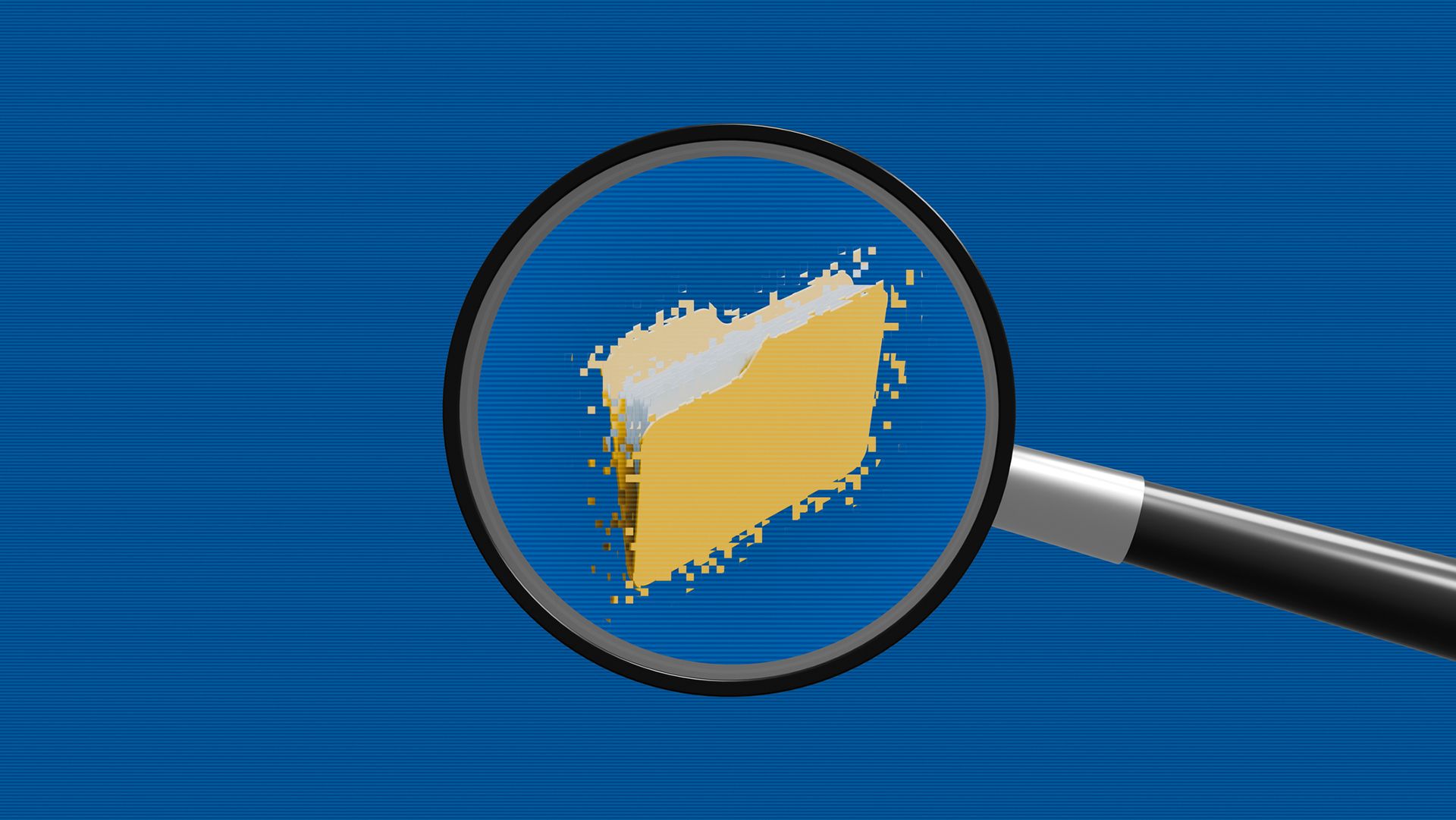
"Memory forensics is the acquisition and analysis of a system's random access memory (RAM). It provides visibility into transient information that is otherwise absent from persistent storage. This includes kernel structures, process execution trees, loaded DLLs, active network sockets, in-memory registry hives, and injected code segments. Over the years, memory forensics has become a major plank of cybersecurity research, becoming crucial for functions such as discovering stealthy malware like or other sophisticated cyber attacks."
""The key characteristic of memory is that it is volatile. Unlike hard drive data, this information is ephemeral - it can be lost the moment a computer loses power. From a single memory collection, we can extract a huge amount of evidence, like running system processes, active network connections, recent commands, and even sensitive data such as passwords or encryption keys.""
Memory forensics acquires and analyzes volatile RAM to expose transient system artifacts that do not persist on disk. Memory captures kernel structures, process execution trees, loaded DLLs, active network sockets, in-memory registry hives, and injected code segments. Memory snapshots can reveal running processes, active connections, recent commands, and sensitive data such as passwords and encryption keys. Memory forensics enables detection of fileless malware and other sophisticated attacks that evade disk-focused analysis. Memory analysis therefore provides investigators and responders a live view of system state and communications at the moment of compromise, supplying critical evidence for incident response.
Read at IT Pro
Unable to calculate read time
Collection
[
|
...
]